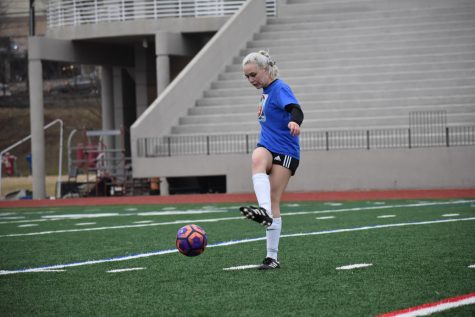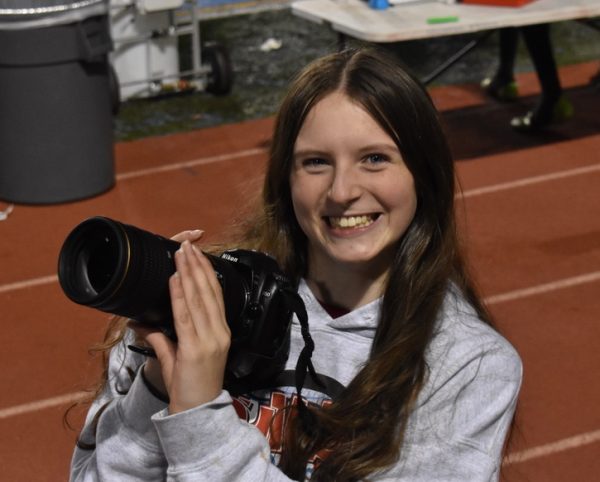District’s 30-minute addition to school day hurts athletics
The Grady community collectively groaned when the superintendent’s office announced the school day would be lengthened by 30 minutes for the months of February and March. The additional time was mostly notable for its expected uselessness, but it also actively hurts teachers’ and students’ after-school plans, especially sports.
Grady has five spring sports, eleven teams and hundreds of athletes and coaches. Altogether, there are hundreds of people involved in athletics at Grady alone, and thousands throughout the entire district. Almost all of these people are affected negatively by the scheduling issues the extension has created.

It seems intuitive, but remember we are dealing with Atlanta Public Schools. Students have a finite amount of time per day, and sports can occupy a significant amount of this time, especially when you consider that most Grady sports have practices or games nearly every weekday. This takes up a lot of time, but when you consider the reality that most athletes also participate in other clubs, work, or take a rigorous course load, it can become very problematic.
Many of these issues also affect the coaches, faculty and parents who support athletics at Grady. Just as students have busy schedules, parents have work, teachers have papers to grade and lives to attend to, and non-APS affiliated coaches often have complex schedules which are difficult enough to work around without a time change.
The result is either a sacrifice of some aspects of students’ and parents’ lives or the creation of a competitive disadvantage. The extension of the school day inherently changes the start times of practices. In my experience, this means my soccer practice starts at 4:30 rather than 4:15, creating serious issues.
Namely, the gap between the dismissal bell and practice starting is smaller. Before the extension, my teammates and I had 45 minutes to handle business like going to tutorial, stretching, or getting equipment. Now, with 30 minutes, athletes are unable to be as warmed up for practice, putting coaches in a tough position: risk injuries or lose even more practice time. Usually, a coach chooses to build more time for warming up into the practice plan, meaning less time for scrimmaging and drills, an issue that is only compounded when students are more often late because of tutorials or retakes.
Additionally, end times for practices are not adjusted. Since sports like soccer and lacrosse both must use the stadium field, lacrosse practices are scheduled for six o’clock, the same time soccer practices end. This time did not shift along with end of the school day, so the soccer team now loses out on 15 minutes of practice time a day, and about an hour a week. This creates a competitive disadvantage since most games are against schools in other districts which didn’t lose out on practice time.
Overall, it’s clear that the generally poor reviews of the additional 30 minutes extend to the sports world. The additional time is simultaneously not enough to make a significant educational impact and more than enough to mess up schedules and negatively affect the lives of people across the district.
Jack Rafferty is the assistant managing editor of the comment section. In addition to his loyal service to the Southerner, he also participates in...






